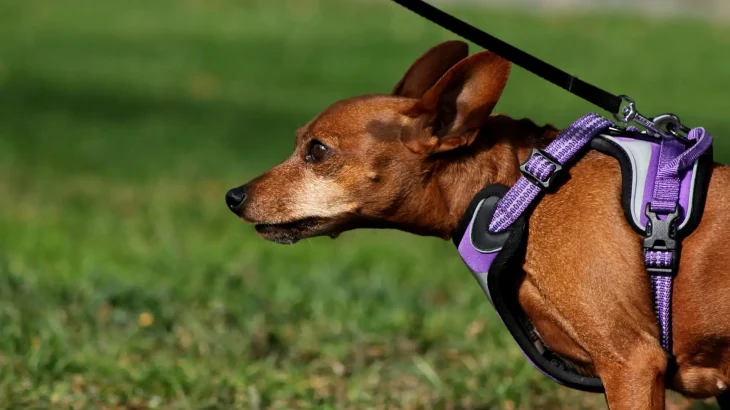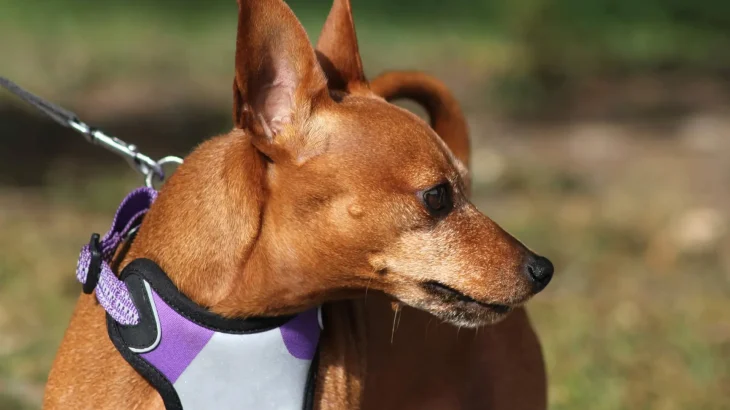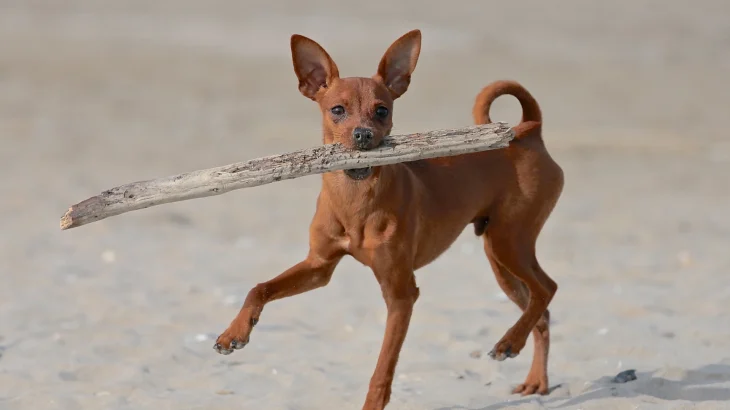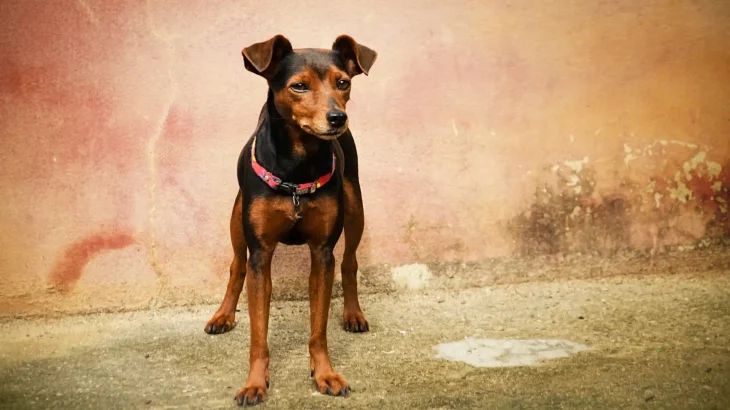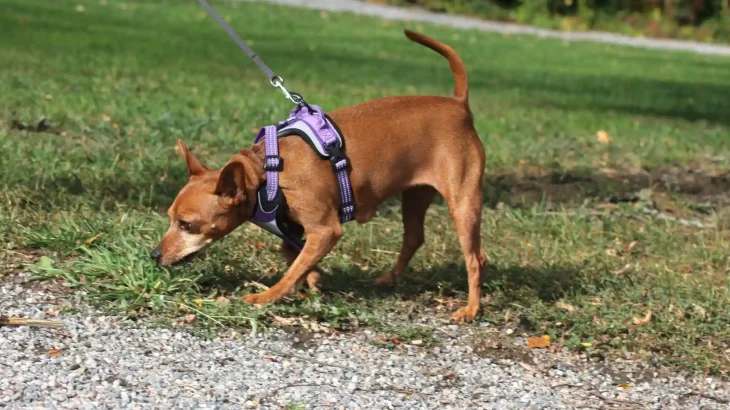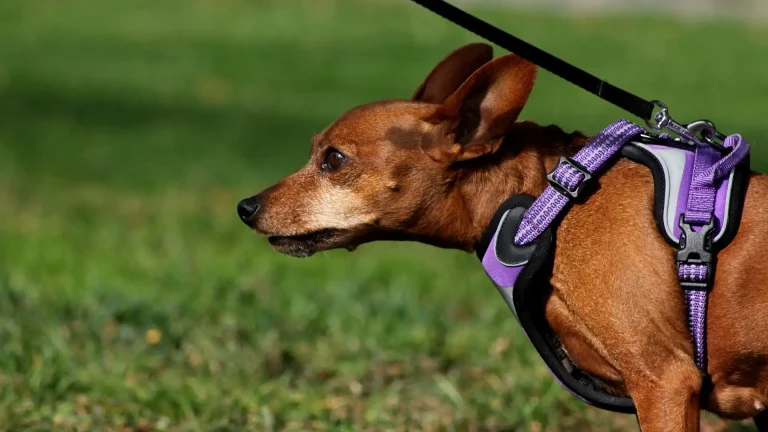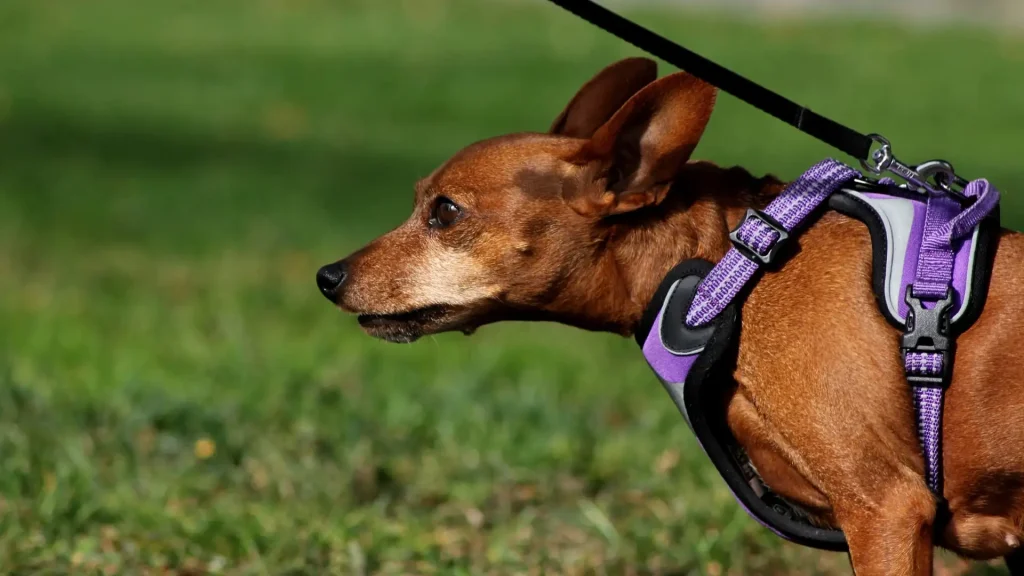Deciding whether to adopt or buy an Austrian Shorthaired Pinscher puppy depends on what you value most. Buying from a breeder often means more certainty about the puppy's background and health, while adoption gives you a chance to provide a loving home to a dog in need. Both options have their unique benefits and challenges when it comes to this breed.
Adoption vs. Breeder: Pros & Cons
| Criteria | Buying from Breeder | Adopting from Shelter/Rescue |
|---|---|---|
| Cost | Usually higher, reflecting purebred status and breeder effort. | Usually lower fees, often covering vaccinations and care. |
| Health History | Detailed health and genetic info usually available. | Health records may be limited; basic vet checks common. |
| Age Availability | Mostly puppies, allowing early training and bonding. | Varies from puppies to adults, sometimes seniors. |
| Temperament Insight | Breeders know lineage traits and early behavior. | Shelter staff may provide observed temperament, but background can be unknown. |
| Supporting Practices | Supports responsible breeders when chosen ethically. | Directly helps animal welfare by rescuing dogs. |
| Breed Purity & Pedigree | Guarantees breed purity and pedigree documentation. | Breed purity may be uncertain without papers. |

